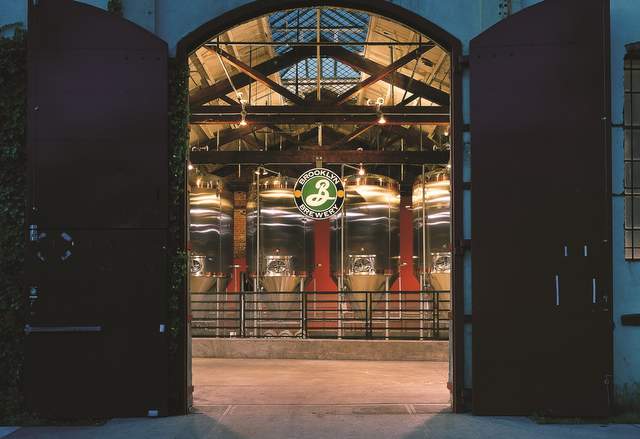
There were some great Twitter jokes last month in response to Brooklyn Brewery announcing distribution into Colorado. It looked a little something like this:
Finally some craft beer in that wasteland. https://t.co/Yi6WkPAEVa
— Ryan (@ryan1self) October 17, 2018
While they do make us chuckle, we wanted to understand the thinking behind the move. What does prompt such a large, veteran craft beer company to just now start sending its beers into an already dense craft beer market like Colorado? What are even the expectations and goals of doing so? So, we asked.
Below is what Dave Duffy, Brooklyn’s VP of sales and marketing, had to say. His answers give a nice glimpse into the branding philosophy (understanding their differentiators) and business strategy (sensing opportunity with their portfolio and market regulatory changes) of one of the most successful craft beer organizations on the globe.
CBB: Brooklyn has just about taken over the world at this point but is just now entering Colorado — why now?
Duffy: Colorado is arguably the epicenter of the craft beer industry in the U.S. It’s an important market to be in and a community we’ve been eager to be a part of since the beginning. Since starting our sales and distribution partnership with 21st Amendment and Funkwerks in January 2018, a priority has been to add scale to existing markets where one of us operates so we can get efficiencies in freight and logistics, distributor collaboration and sales impact together.
We posted the news and received the expected sarcastic “finally, some craft beer in Colorado” tweets. How does Brooklyn Brewery plan to fit into this dense market?
From the portfolio perspective, our mantra is to offer differentiated brands that drinkers might find compelling and to balance tradition with innovation. Our flagship dry-hopped lager is more hoppy than many craft lagers out there and despite being a 30-year old OG craft brand it just won a World Beer Cup Gold Medal this year. Defender IPA has this fun pop-culture/Comic-con marketing theme and, at 5.5 percent ABV, sits below most IPAs from the ABV perspective which on-premise retailers appreciate. And Bel Air, our quirky, tart dry-hopped sour, has surprised us with how it appeals to a wide range of craft beer drinkers as well as wine and spirits fans — it’s the No. 2 sour in the U.S. while only being in 30 states and available for less than a year.
From the marketing perspective, we hope Coloradans come to know Brooklyn Brewery as a reflection of Brooklyn the place — a neighborhood full of makers and writers and artists where one in seven Americans can trace their roots. We’ve always been this cultural connector, constantly trying to provide visibility and energy to those creative and artistic parts of our cultural fabric that make life more interesting. Our hope is to spotlight those elements of life in Colorado, and we hope folks join us.
What are your expectations for sales in Colorado? Any idea how much capacity is needed to serve this market?
To be honest, it’s hard to set rigid sales volume expectations, and it would be a massive guess anyway given the advent of chain grocery stores getting to sell full strength beer in Colorado in early 2019. As a team, we all agreed that if we have a solid launch and maintain a brand development mindset over time, we’ll find our tribe and have a ton of fun along the way.
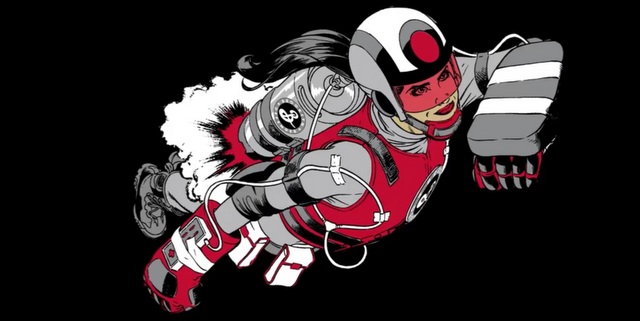
Can you give insight into your distribution strategy in the state?
In short — we love creative ideas! In reaction to the grocery law change effective Q1 2019, Elite Brands [servicing Colorado’s Front Range] and High Country Beverage [servicing Northern Colorado and the Western Slope] created a unique two-distributor alignment for full state distribution coverage. As a unique solution ourselves, 21st Amendment/Brooklyn/Funkwerks really identified with the creativity and boldness of the Elite/High Country combination so we wanted to participate in building something special with them.
How has the explosion of craft breweries around the country affected Brooklyn’s U.S. distribution trajectory over the last five years and goals moving forward?
The explosion of craft openings in the U.S. really hasn’t informed our U.S. expansion decision-making. We’re very fortunate — we have international relationships with Carlsberg and Kirin that have focused our geographic expansion efforts overseas for the last several years. Looking at the next five to 10 years, we now have our three-brewery platform in the U.S. to grow so we’ll be very busy with market launches. Brooklyn has 20 U.S. states of run room left, 21st Amendment has 21 and Funkwerks has 40, so that’s 82 new state launches on the horizon. We’ll be busy.
It’s important to note, though, that we don’t see rampant geographic expansion, nor numerous new brand introductions or line extensions, as our core growth lever. We feel strongly that brand development is a lost art. In an increasingly fragmented space, the timing is right to build deeper brand-to-consumer connections. We think craft beer drinkers are calling for this and, with the help of our distributor and retailer partners, that’s our guiding light.


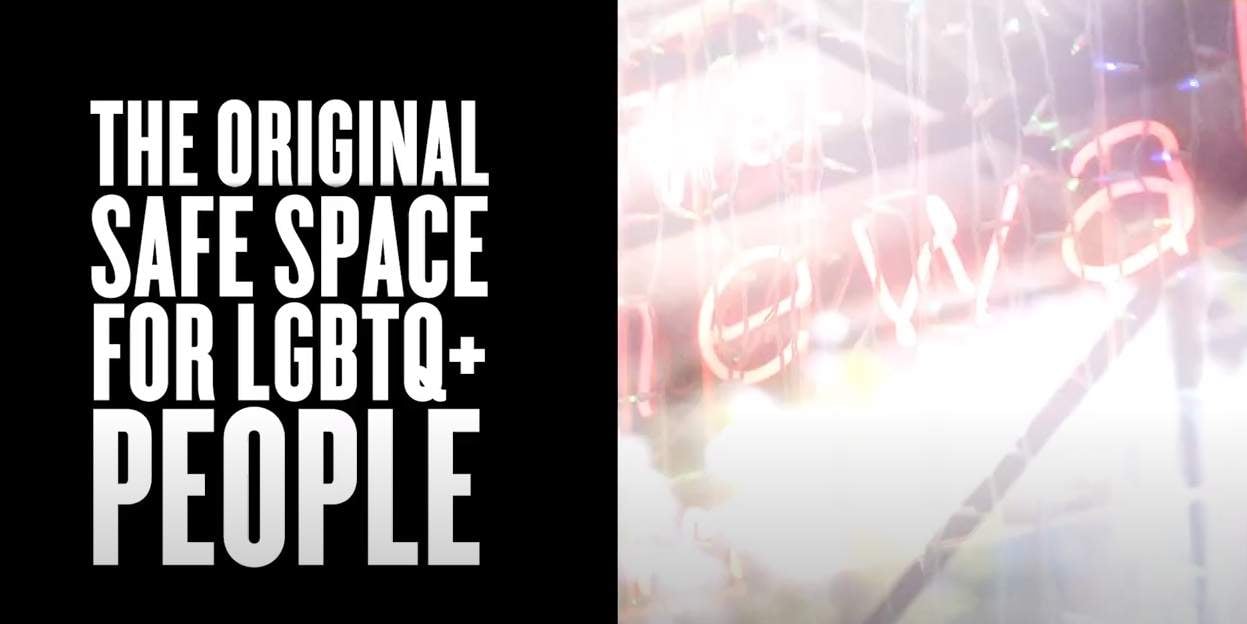
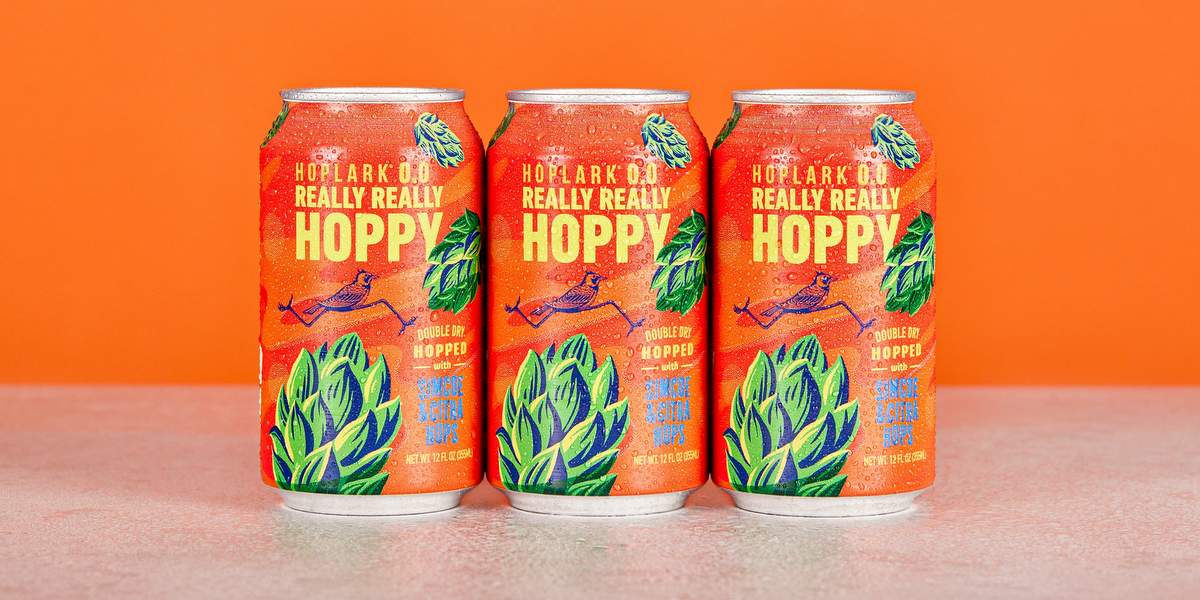
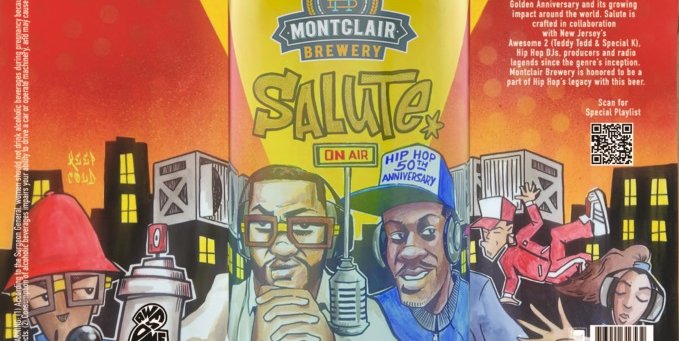
Josh Daves says
In short I think the goal here is to sell beer. Probably why they did it.